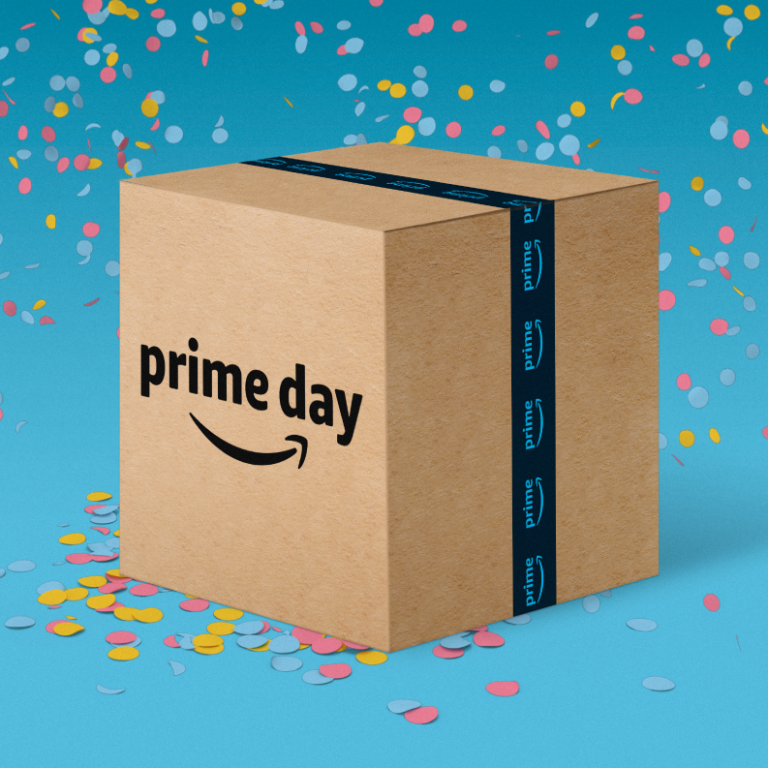
The effects of Covid-19 have heavily disrupted supply chains and have ignited a global shipping crisis. As a result, shipment costs have skyrocketed. Paired with labor shortages, congestion at ports, and reduced capacity in logistics systems, one could call this a perfect storm.
With that being said, the holiday season is right around the corner and the show must go on. In 2020, 49% of consumers indicated they expected to do “more” of their holiday season shopping online. This number has likely grown since then due to the general shift in consumer behavior, and it highlights the importance of beginning to prepare your marketplace business for the holidays sooner rather than later.
A few ways you can begin preparing today are: understanding your inventory levels, optimizing your product content, and reviewing your pricing strategies.
Understanding your inventory levels
It’s important to start by mapping out your existing inventory levels and what you expect to have on hand around Cyber Week. This will help you prepare your products accordingly.
Consider the last few holiday seasons. Are your top sellers from those years going to be available to ship this year? If not, what types of items in your catalog will replace those for consumers searching for those go-to items? These are the items you will want to begin optimizing as soon as possible.
You may also want to consider utilizing the “restock date” functionality across the marketplaces that offer it, which will allow shoppers looking for your product to know when it will be back in stock. This can help them decide if it is worthwhile to wait or if they should look at alternative options.
Similarly, consider your competition during a normal holiday season. Are their products currently available and in stock? If not, is this an opportunity to optimize your products to win those sales?
Optimizing your product content
When considering product optimization, the goal is twofold: increasing organic traffic to your products through search result optimization and providing consumers with the information they need to make an educated decision.
On Amazon, for example, providing an accurate “Item Type Keyword” for each of your products ensures that it is being categorized accurately. The list of ITKs can be found through Amazon’s “Browse Tree guides”. This will help consumers who are browsing by category to find your products.
You can also provide a list of search terms to help drive traffic to your items in addition to the keywords that are found in the listing itself. Each marketplace has its own best practices and recommendations — this is a great time to confirm that your product content is aligned with both.
Reviewing pricing strategies
According to CNBC, the cost of goods transported from Asia to the American West Coast has increased by 145%. If you have not already done so, this would be a good time to review profitability and understand how these shipping costs are impacting the margins of your products.
If you are currently using any repricers, reviewing the minimum price set for each of your products would be beneficial to ensure that the minimum is not too low when factoring in the updated shipping costs. This is also a great time to tweak promotional strategies for the holiday season, as it is expected these shipping delays and costs will last through the beginning of 2022.
Even with all of the impacts of Covid-19, eMarketer expects that 2021 holiday e-commerce sales will grow 11.3% from last year to $206.88 billion. This puts into perspective the importance of beginning these preparations today to ensure your marketplace business is in a good position come Cyber Week.
ChannelAdvisor is here to help you implement these strategies. If you’re a ChannelAdvisor client, feel free to reach out to your client strategy manager or account manager to discuss the best way to begin making these changes today.
If you’re not currently a ChannelAdvisor client and would like to learn more about our suite of services, contact one of our e-commerce consultants here.






